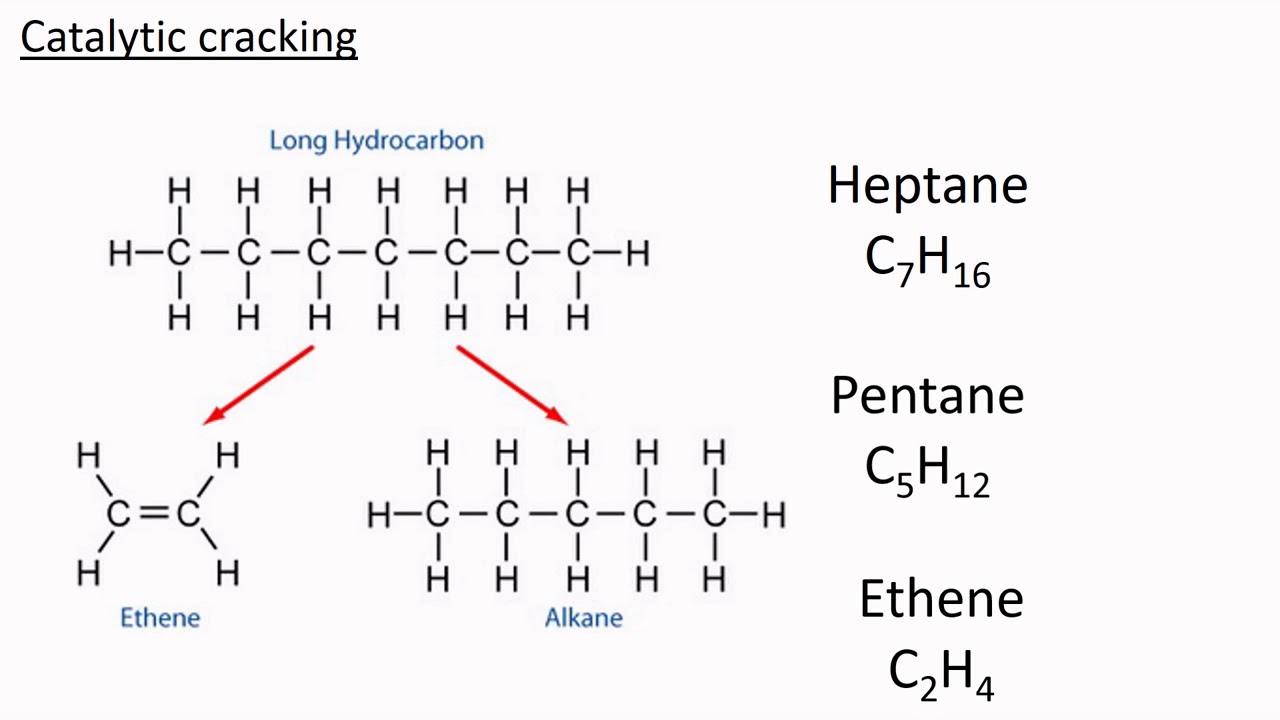Decoding complex assignments can often feel like navigating a labyrinth. But with a strategic approach, the seemingly impenetrable walls begin to crumble. The “7.4.15 Owls Part 2” assignment, notorious for its multifaceted challenges, is no exception. Let’s embark on a comprehensive walkthrough, dissecting each component to unveil a path toward mastery.
I. Unveiling the Mandate: A Prerequisite for Progress
Before plunging into the depths of the task, a thorough comprehension of the assignment’s objectives is paramount. What specific competencies are being evaluated? What is the overarching theme or concept that binds the various elements together? It’s time to meticulously scrutinize the rubric and any accompanying instructions. This initial reconnaissance will illuminate the terrain ahead, preventing costly missteps later on.
A close reading might reveal nuanced directives that initially escape notice. Identify the explicit verbs – analyze, synthesize, evaluate – that delineate the required cognitive operations. Are there any implicit constraints, such as word limits or formatting specifications? Understanding these foundational parameters is crucial for setting the stage for success. A failure to fully grasp these aspects leads to a flawed execution.
II. Deconstructing the Owls: Identifying the Core Components
Now, let’s dissect the assignment into its constituent parts. Consider each owl as a distinct data point, each carrying its own unique characteristics. What attributes are relevant for analysis? What relationships exist between these individual instances? This process of decomposition facilitates a more manageable and targeted approach.
Perhaps the owls represent different species, each with distinct behavioral patterns. Or maybe they symbolize diverse perspectives on a particular issue. The key is to discern the underlying framework that connects these seemingly disparate elements. One could imagine analyzing owls based on location, hunting strategies, or even symbolic significance across cultures. Deconstruction is the art of transforming chaos into manageable order.
III. The Analytical Crucible: Employing Appropriate Methodologies
With the components identified, the next step is to apply appropriate analytical methodologies. The specific techniques will vary depending on the nature of the assignment, but some common approaches include comparative analysis, thematic synthesis, and rhetorical deconstruction. It’s time to arm yourself with the tools best suited for the task at hand.
For instance, if the assignment requires a comparison of different owl species, you might employ a comparative analysis framework. This involves identifying key criteria, such as habitat, diet, and hunting style, and then systematically comparing each species against these criteria. You might even consider using a matrix or a Venn diagram to visually represent the similarities and differences. The goal is to transform raw observations into meaningful insights.
IV. Synthesizing the Symphony: Weaving Together Coherent Narratives
Analysis is only half the battle. The true test lies in synthesizing the findings into a coherent and compelling narrative. This involves identifying overarching themes, drawing meaningful connections, and constructing a logical argument. Imagine weaving individual threads into a tapestry, creating a rich and intricate design.
Think of crafting a thesis statement that encapsulates the central argument of your analysis. This statement should be concise, focused, and arguable. Support it with evidence gleaned from your analysis of the owls, demonstrating how each component contributes to the overall narrative. A compelling narrative requires a strong core idea.
V. The Iterative Process: Refining and Polishing the Product
The writing process is rarely linear. It’s an iterative journey of refinement and revision. After completing an initial draft, take a step back and critically evaluate your work. Does the analysis flow logically? Are the arguments persuasive? Are there any gaps in the evidence? It’s time to don the hat of a rigorous editor.
Seek feedback from peers or instructors. Fresh perspectives can often reveal blind spots and identify areas for improvement. Consider restructuring sentences for clarity, tightening arguments for impact, and polishing the overall presentation for professionalism. Strive for elegance and precision.
VI. The Grand Finale: Presenting the Synthesis with Panache
The final stage involves presenting your work in a clear, concise, and compelling manner. Pay attention to formatting, grammar, and style. A well-structured and visually appealing presentation enhances the impact of your analysis. Presentation matters and can significantly impact the reception of your work.
Proofread meticulously for any errors in spelling or grammar. Ensure that all sources are properly cited and that the formatting adheres to the specified guidelines. A polished and professional presentation demonstrates attention to detail and enhances your credibility. It communicates a respect for the assignment and the audience.
VII. Beyond the Binary: Embracing Nuance and Complexity
The “7.4.15 Owls Part 2” assignment, like many complex tasks, is not simply about arriving at a “correct” answer. It’s about demonstrating critical thinking skills, analytical prowess, and a nuanced understanding of the subject matter. Embrace the inherent ambiguity and complexity, and strive for a deeper level of insight. Remember that the journey of intellectual exploration is often more valuable than the destination.
By diligently adhering to this systematic framework, students can conquer even the most formidable assignments, transforming challenges into opportunities for intellectual growth. The “7.4.15 Owls Part 2” assignment, once a source of trepidation, will become a testament to their problem-solving abilities.
